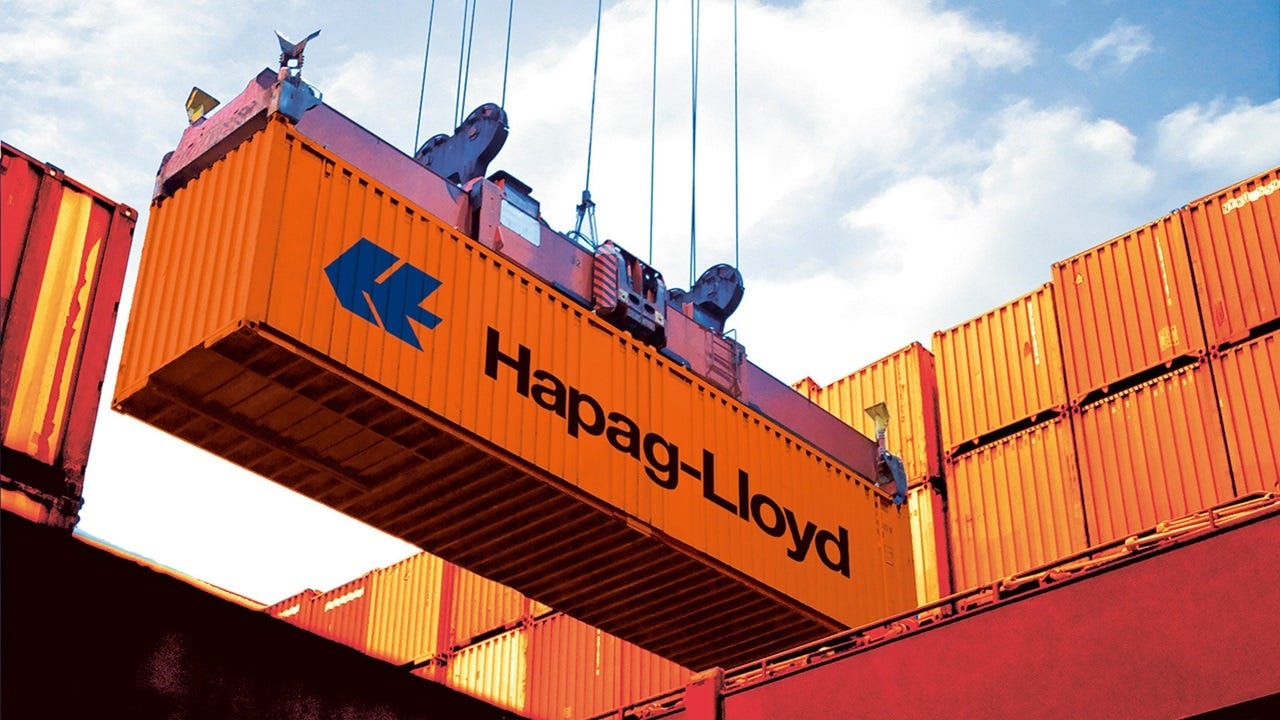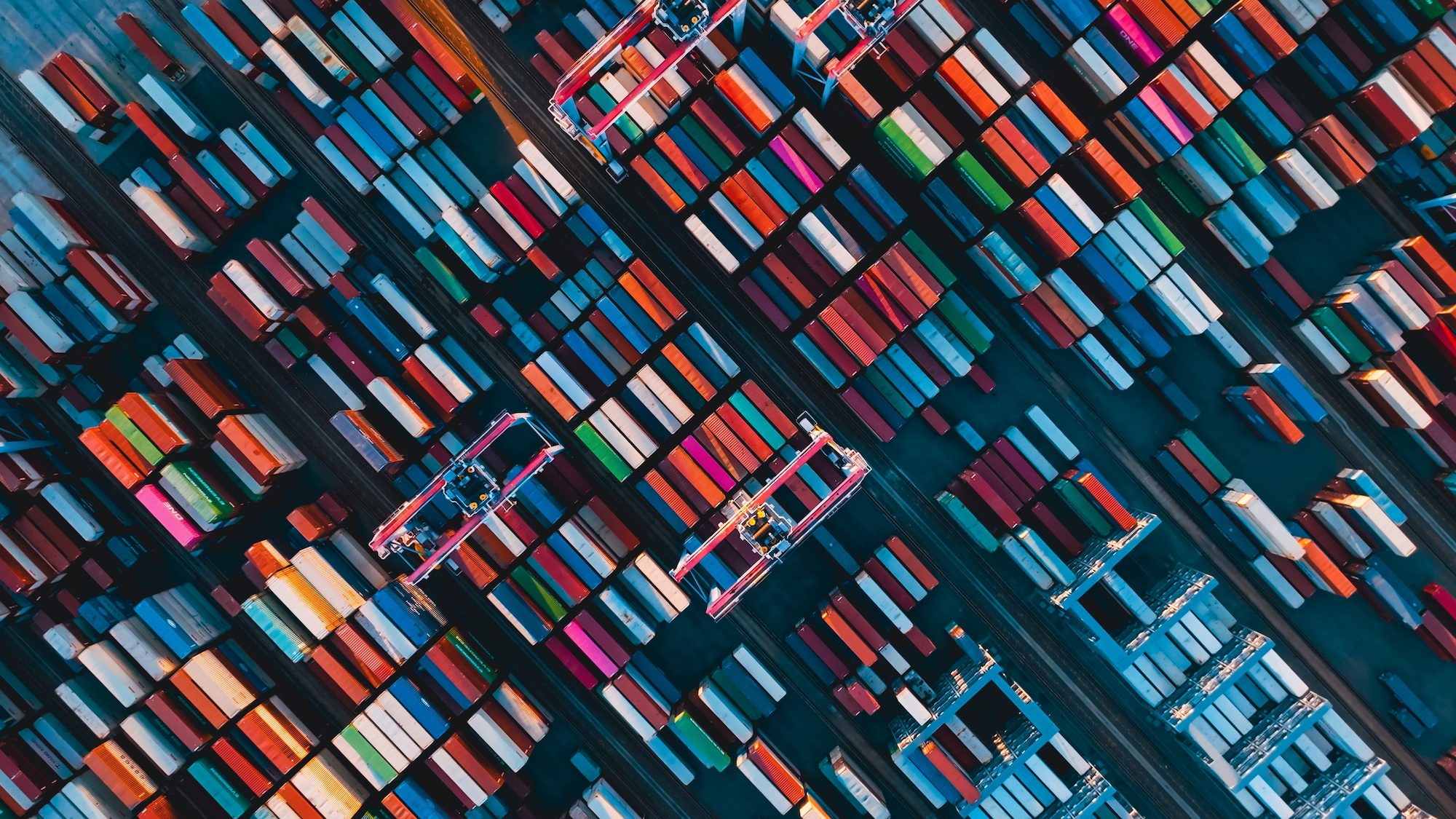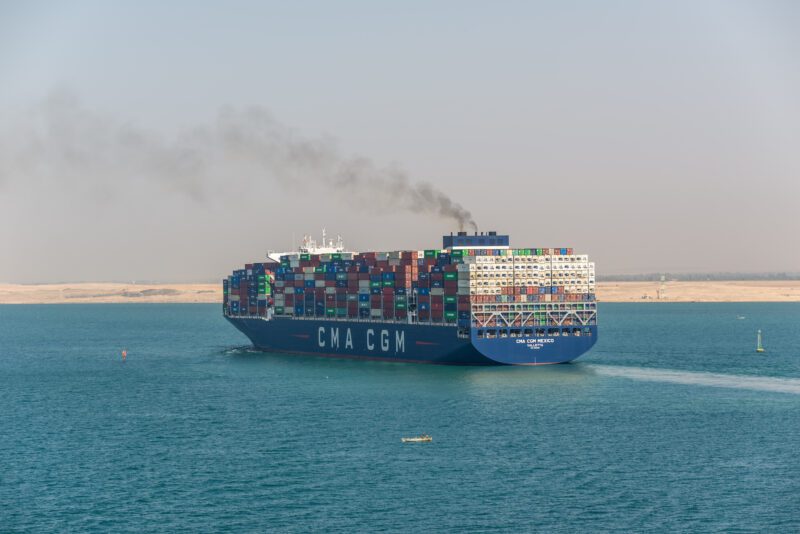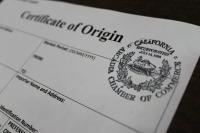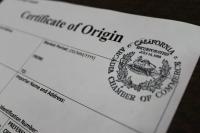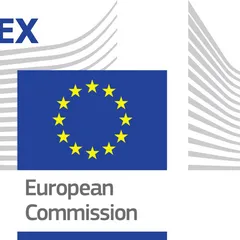DOES SHIPPING REALLY CARRY 90% OF EVERYTHING?
Next week, the International Maritime Organization (IMO) is expected to vote on its long-discussed Net-Zero Framework on greenhouse gas emissions. If...
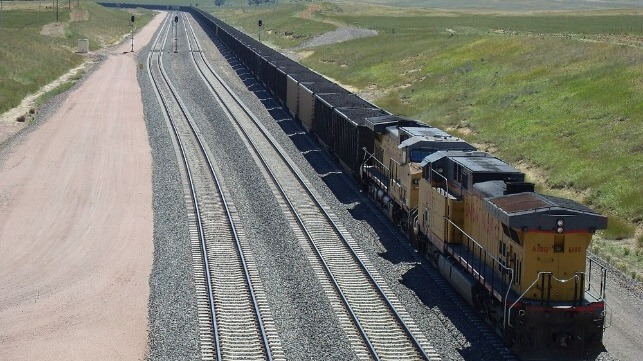
Next week, the International Maritime Organization (IMO) is expected to vote on its long-discussed Net-Zero Framework on greenhouse gas emissions. If approved by a two-thirds majority of IMO member states, the framework will create a roadmap for maritime decarbonization. In fact, the regulations will set precedent globally, being the first to combine mandatory emissions limits and a GHG pricing mechanism across an entire industry sector.
But even as this critical decision awaits confirmation, two sustainability researchers are demanding for a more nuanced discussion on why international shipping must be regulated.
Depending on who you ask, there are different justifications to subject shipping to environmental regulations. One of the most common reasons is that maritime industry plays an enormous role in the world economy, hence an important pressure point for global climate policy. To show the impact of shipping on the climate, statistics such as “cargo ships transport 90% of everything” have become commonplace. Based on this fact, some campaigners have recommended people to consume less, or even buy local, as it helps to bring down shipping demand, thus reducing GHG emissions.
Unfortunately, this narrative about maritime transport focuses on the highly unequal levels of consumption around the world, enabled by international shipping. In a new research paper for the journal Global Sustainability, Dr. Christiaan De Beukelaer (University of Melbourne) and Prof. Philip Steinberg (Durhan University), queries the commonly accepted numbers about maritime transport, which are often used to guide environmental campaigns.
“It’s often claimed that 90% of everything is transported by sea, but the reality is far more nuanced,” said Beukelaer. “While ships do indeed carry some 80-90 percent of international trade by weight, they only transport a bit over 10% of the global economy’s 100 billion tons of material footprint every year, as per International Resource Panel (IRP).”
The authors suggest that when dealing with environmental processes and impacts, relying on just the size and scale of systems could be problematic as starting points for policy arguments. The same applies to maritime transport. A policy action grounded on uncritical appraisal of shipping “transporting 90% of everything” could lead to simplistic climate solutions. These include campaigns to shift to local production and consumption, which might not necessarily curb shipping emissions. Before a commodity is shipped internationally, a significant material footprint is usually incurred at the local level.
Globally, shipping contributes to 3% of greenhouse gas emissions. But despite being a large and important industry, most of the global economy’s annual material footprint is not traded internationally - by ship or other means.
“As part of the transition away from fossil fuels, oceans and waterways will need to be safe and reliable conduits for global trade, whether we think of shipping as representing 90% or 10.8% of everything,” the authors concluded.
Top image: Union Pacific coal train, Wyoming (Wuzel007 / CC BY SA 4.0)
maritime-executive.com

